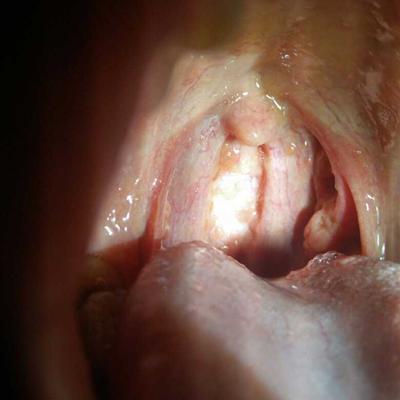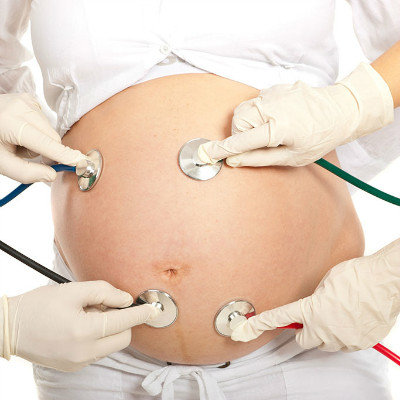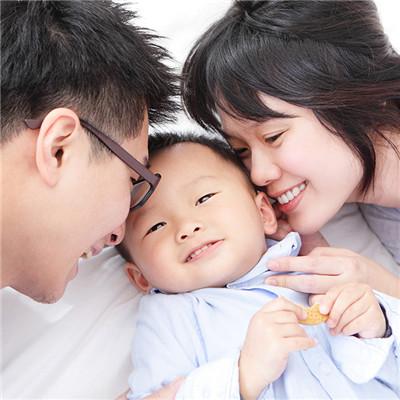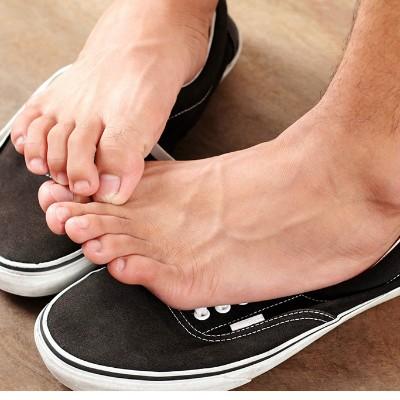Polio symptoms in children?
summary
In the process of baby's growth and development, various tissues and organs of the body are changing with each passing day, whether it's bones, muscles or internal organs of the body. Bone marrow changes are one of them. However, many children will have bone marrow inflammation due to diseases, that is, poliomyelitis, Polio symptoms in children? I'd like to share my views with you.
Polio symptoms in children?
1. Poliomyelitis, also known as poliomyelitis, is an acute nervous system infectious disease caused by poliovirus. The initial stage of the disease is mostly low fever or moderate fever, often accompanied by loss of appetite, fatigue, general discomfort and headache and other general "cold" symptoms.
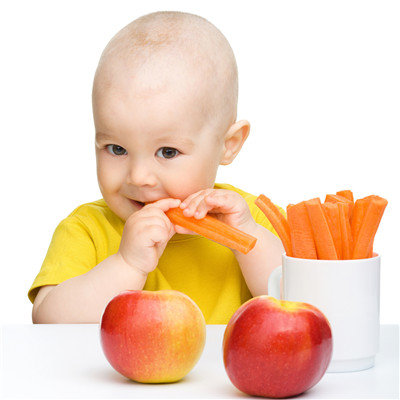
2. Or abdominal pain, nausea, vomiting, diarrhea, constipation and other gastrointestinal symptoms: as well as sore throat, cough, runny nose and other respiratory symptoms. After several hours to 4 days, the fever subsided and the symptoms disappeared. At this time, it is easy to be misdiagnosed as upper respiratory tract infection or gastroenteritis.
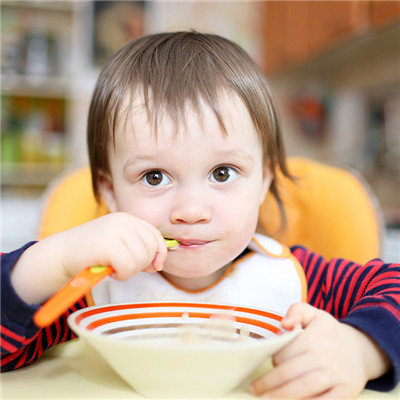
3. After 2-6 days of rest, the body temperature rises again (manifested as bimodal heat type), the whole body is excited, the face is flushed, the skin is slightly red, sweating, vomiting and sore throat. Then the sick child complained of muscle pain all over the body or limbs, feeling allergic, even the weight of the quilt can not bear, the sick child does not want to be caressed by relatives, because caressing will increase muscle pain.
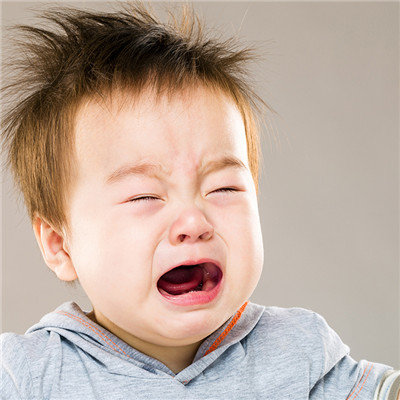
matters needing attention
1. Active immunization with oral live attenuated poliomyelitis vaccine should be carried out in all children. The basic immunization started from 2 months after birth, three doses were taken continuously, with an interval of 1 month. The immunization was strengthened once at the age of 4. At present, inactivated poliomyelitis vaccine is gradually used to replace oral poliomyelitis attenuated vaccine for active immunization in the world, and there are also trials in China. 2. Children younger than 5 years old and children with congenital immunodeficiency who are in close contact with patients without taking vaccine should be injected with immunoglobulin as early as possible, 0.3-0.5ml/kg every time, once a day for 2 days, which can prevent the onset of disease or relieve symptoms. 3. Isolation for at least 40 days from the date of onset. In the first week, respiratory tract and intestinal tract should be isolated at the same time. Excrement should be blocked and disinfected with 20% bleach. Tableware should be soaked in 0.1% bleach clear solution or boiled for disinfection, or exposed to sunlight for two days. The ground should be disinfected with lime water. The hands of contacts should be soaked in 0.1% bleach clear solution or disinfected with 0.1% Peracetic acid. The susceptible people who have close contact should be isolated and observed for 20 days. 4. It is very important to do a good job in environmental sanitation, eliminate flies and cultivate hygienic habits. During the epidemic period of this disease, children should go to many places with few people, avoid excessive fatigue and cold, delay various preventive injections and unnecessary operations, so as to avoid the collapse of infection into paralysis.



